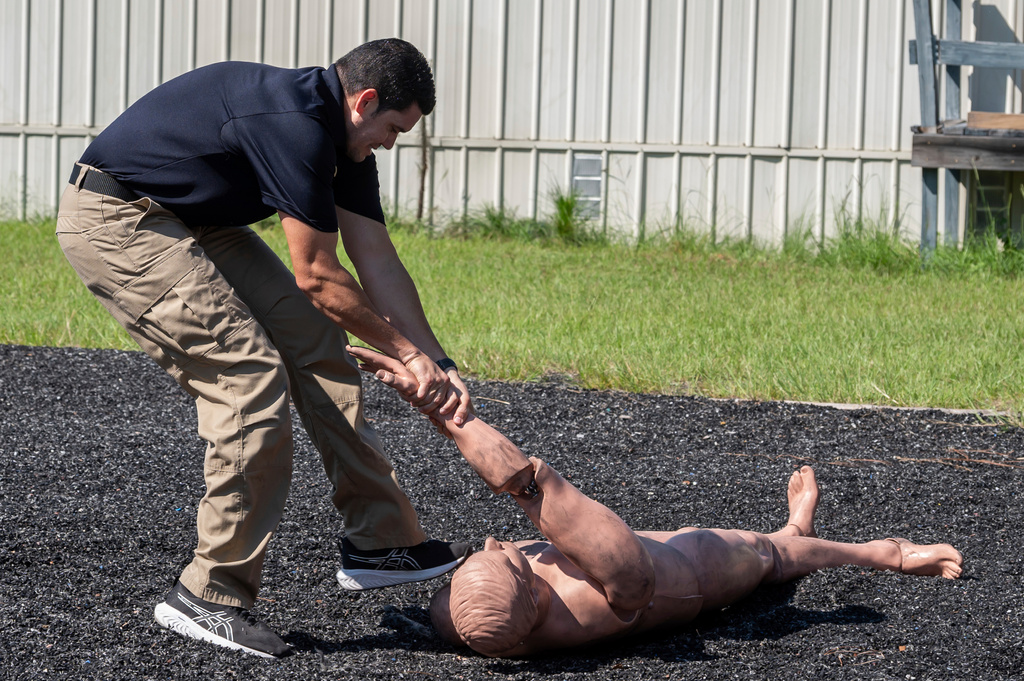
BRUNSWICK, Ga. (AP) — At an obstacle course in the sweltering Georgia heat, an instructor demonstrates to trainees how to extract an injured colleague from a hazardous situation. In a classroom filled with desks stacked with thick legal texts on immigration law, trainees study how the Fourth Amendment influences their duties. And on a firing range scattered with spent shell casings, new recruits forImmigration and Customs Enforcement practice shooting their handguns.
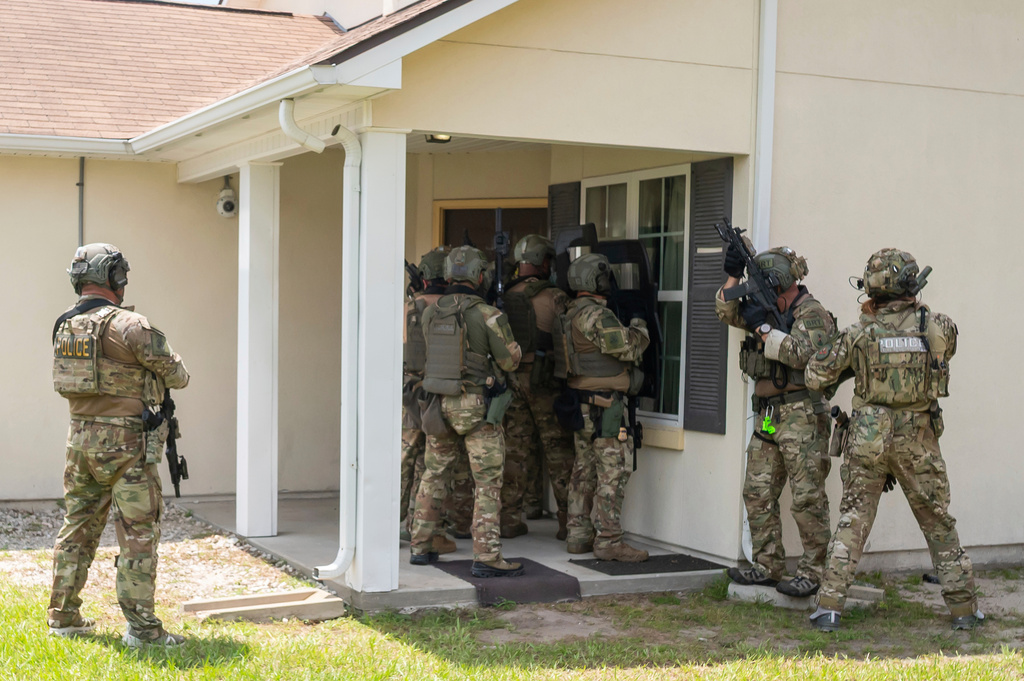
"Instructors, give me a thumbs up when students are prepared to proceed," a voice from the loudspeaker announced before a group of approximately 20 ICE trainees practiced drawing and shooting their weapons.
The Federal Law Enforcement Training Center located in Brunswick, Georgia, serves as the main hub for training nearly all federal law enforcement personnel, including those from Immigration and Customs Enforcement, who have been central to President Donald Trump's policies.mass deportation efforts.
Currently, with significant funding approved by Congress this summer beginning to reach ICE, the agency is undergoing a major recruitment initiative to deploy thousands of new immigration enforcement officers in the coming months.
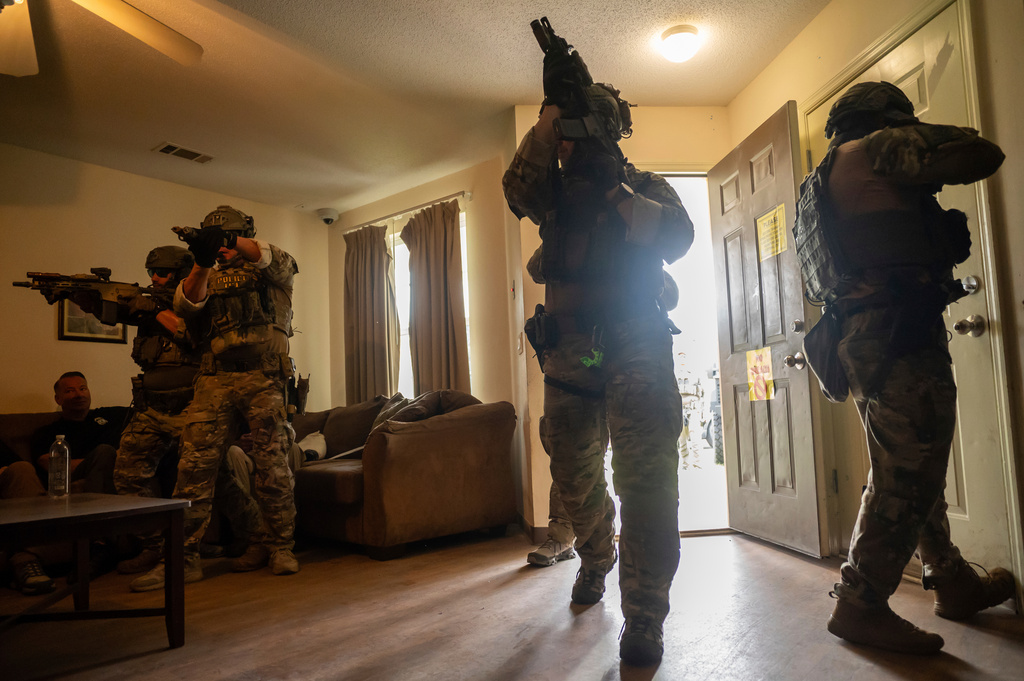
On Thursday, The Associated Press and other media outlets were granted an unusual opportunity to observe the Basic Immigration Law Enforcement Training Program that new ICE trainees—particularly those in the Enforcement and Removal Operations division, which handles locating, detaining, and deporting individuals from the country—participate in and what they are taught.
Ramping up hiring, training
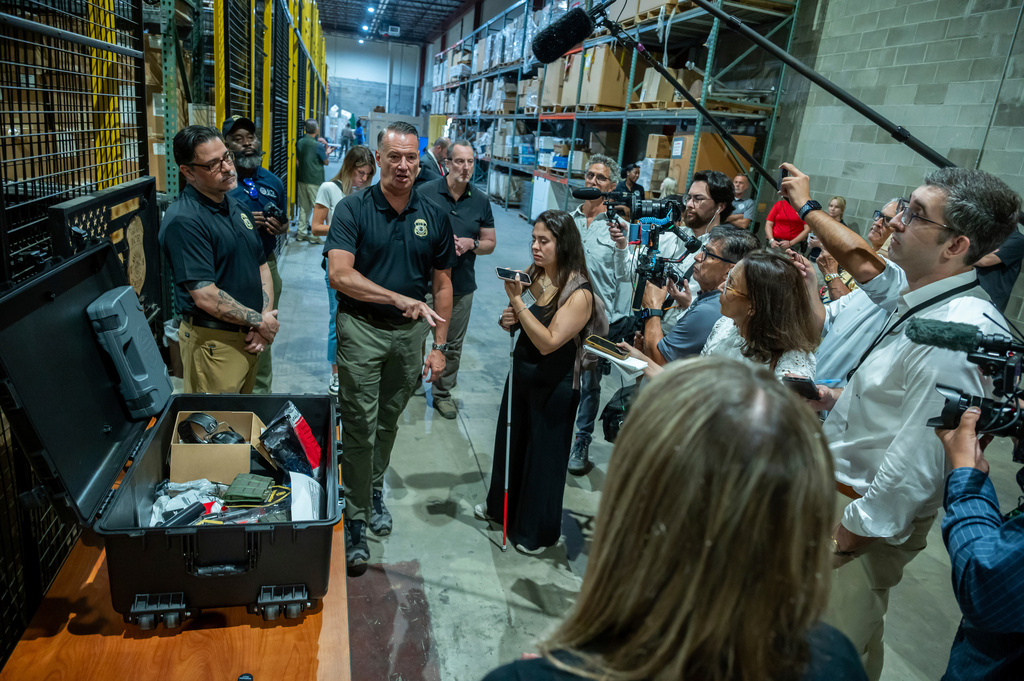
ICE is receiving $76.5 billion in fresh funding from Congress to assist in achieving Trump's large-scale deportation objective. This amount is almost ten times the agency's existing yearly budget. Almost $30 billion of this funding is designated for hiring additional personnel.
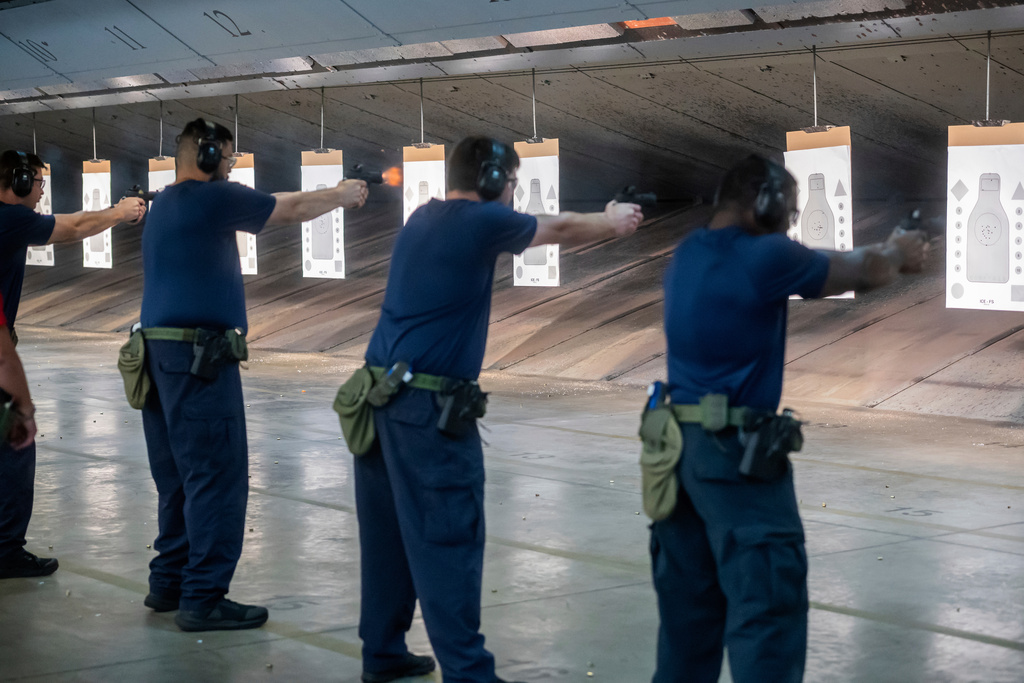
The agency is recruiting in various roles, such as investigators and attorneys, but the quantity of personnel being hired in these positions is much lower than the number of deportation officers being added. Todd Lyons, the acting director of ICE, was present at the training event on Thursday. He mentioned that the agency currently employs approximately 6,500 deportation officers and plans to bring on an additional 10,000 by the end of the year.
Due to this increase in hiring, there are worries that the screening or training of new employees may be overlooked.The Border Patrolexperienced a comparable increase in hiring during the early 2000s, when hiring and training procedures were modified; incidents of employee misconduct led to arrests.
Lyons addressed worries that ICE could compromise on training standards, but he mentioned they have implemented changes aimed at making the process more efficient.
"I had no intention of diluting the training," said Lyons.
Caleb Vitello, the assistant director of ICE responsible for training, states that new agents will undergo approximately eight weeks of instruction at the Georgia location. However, they also receive training both prior to and following their arrival here.
A significant adjustment, Vitello pointed out: ICE removed five weeks of Spanish language training, as he mentioned that trainees were only reaching a level of "moderate" proficiency in Spanish. He suggested that language translation technology could help bridge this gap in the field.
What is the structure of the training?
Recruits undergo six days of training per week, residing at the large complex surrounded by pine trees and located just under an hour's drive north of the Florida border. Many have completed their training here in recent months.
Throughout the training session, new recruits practiced using firearms in a spacious indoor shooting range that resembles the size of a football field. On Thursday, the floor was covered with used shell casings as approximately 20 new trainees in blue shirts and pants worked on shooting from a bent-elbow stance and transitional shooting — which includes moving their weapons between hands. Instructors in red shirts were positioned behind them, offering guidance at times. All individuals were equipped with eye protection and red, noise-canceling ear protectors, along with earplugs beneath them.
Dean Wilson, who is responsible for the firearms instruction, likened some of the situations that ICE agents encounter to a haunted house, where they are unsure what might come their way.
We strive to ensure that, despite being in that situation, they have the capability to make the right choice," Wilson stated. "No one wants to be the one who takes a poor shot, and no one wants to be the one who doesn't return home.
In a large area featuring multiple driving tracks and courses, they also practice driving skills — such as how to recover from a skid on wet surfaces or how to handle a twisty course that mimics city conditions, requiring them to stop completely or maneuver around hidden turns.
The syllabus also incorporates de-escalation methods aimed at avoiding the need for force initially, Lyons stated.
In any law enforcement scenario," he stated, "it's preferable to calm the situation through conversation before resorting to any physical force.
Understanding the law and the Fourth Amendment
Not every part of the training takes place outdoors.
Border patrol officers often emphasize that, in terms of complexity, immigration law is closely followed only by the tax code.
At the training academy, they receive approximately 12 hours of classroom education covering topics such as the Fourth Amendment — a section of the Constitution that safeguards individuals from unjustified searches and seizures — and the Immigration and Nationality Act of 1952, which has undergone changes over the years and regulates every aspect of immigration. These legal teachings are also integrated into other parts of the training program.
In a particular classroom, there are training guides and immigration law books that are about two to three inches in thickness. Trainees study how to assess if an individual is eligible for removal from the country, under what conditions they are allowed to enter a person's home for a search, and when they must withdraw.
ICE officials refuted claims that they are randomly stopping individuals or establishing roadblocks in Washington, D.C., or other locations as part of their immigration enforcement efforts.
They mentioned they require reasonable suspicion to pursue an individual and conduct specific operations. They stated they don't — and aren't involved in — traffic stops but can collaborate with local law enforcement who do.
Once local law enforcement conducts a stop and then reaches out to ICE, saying they have someone they believe might be an alien," said Greg Hornsby, an associate legal adviser at ICE. "That's when we become involved.
